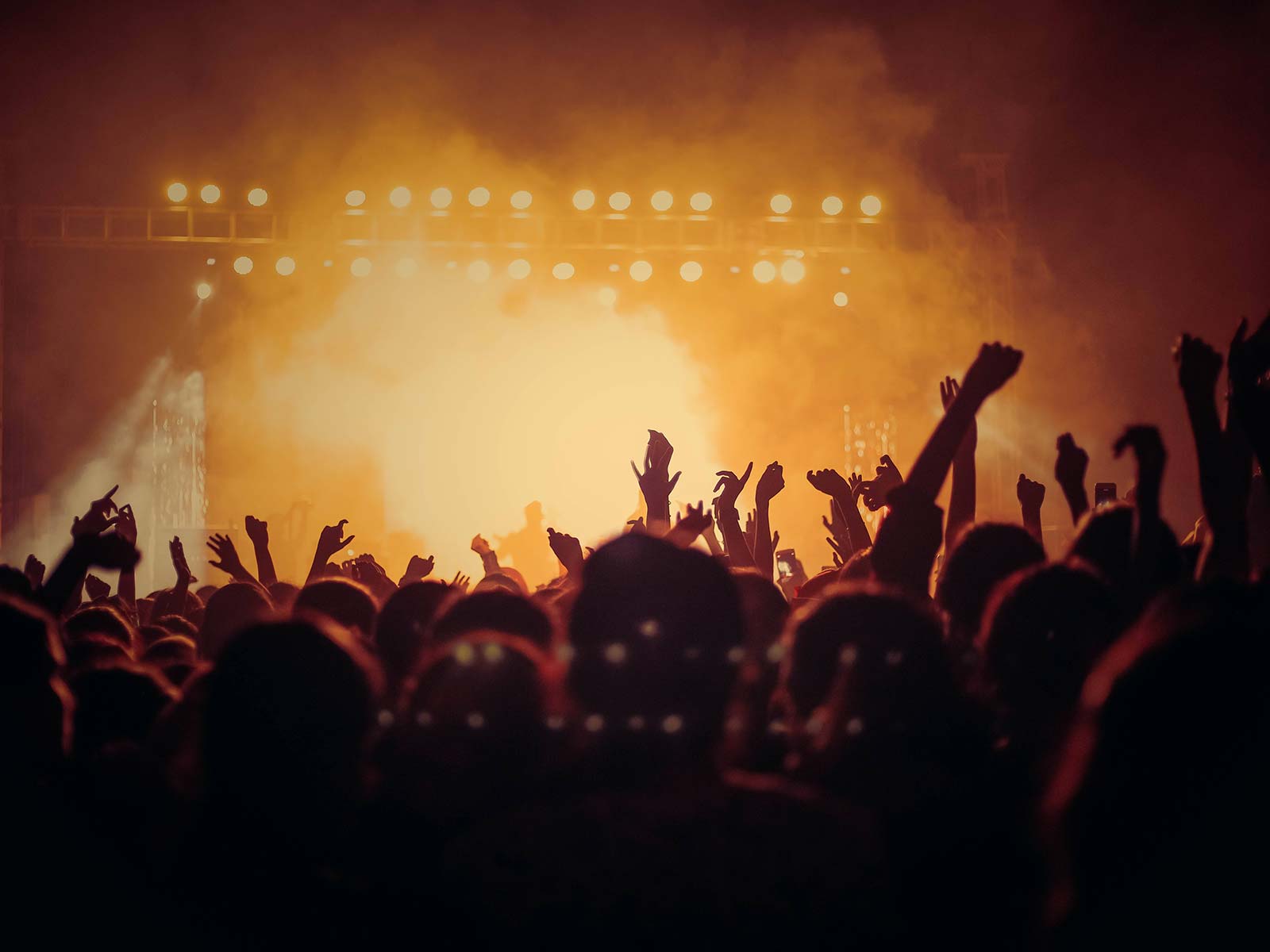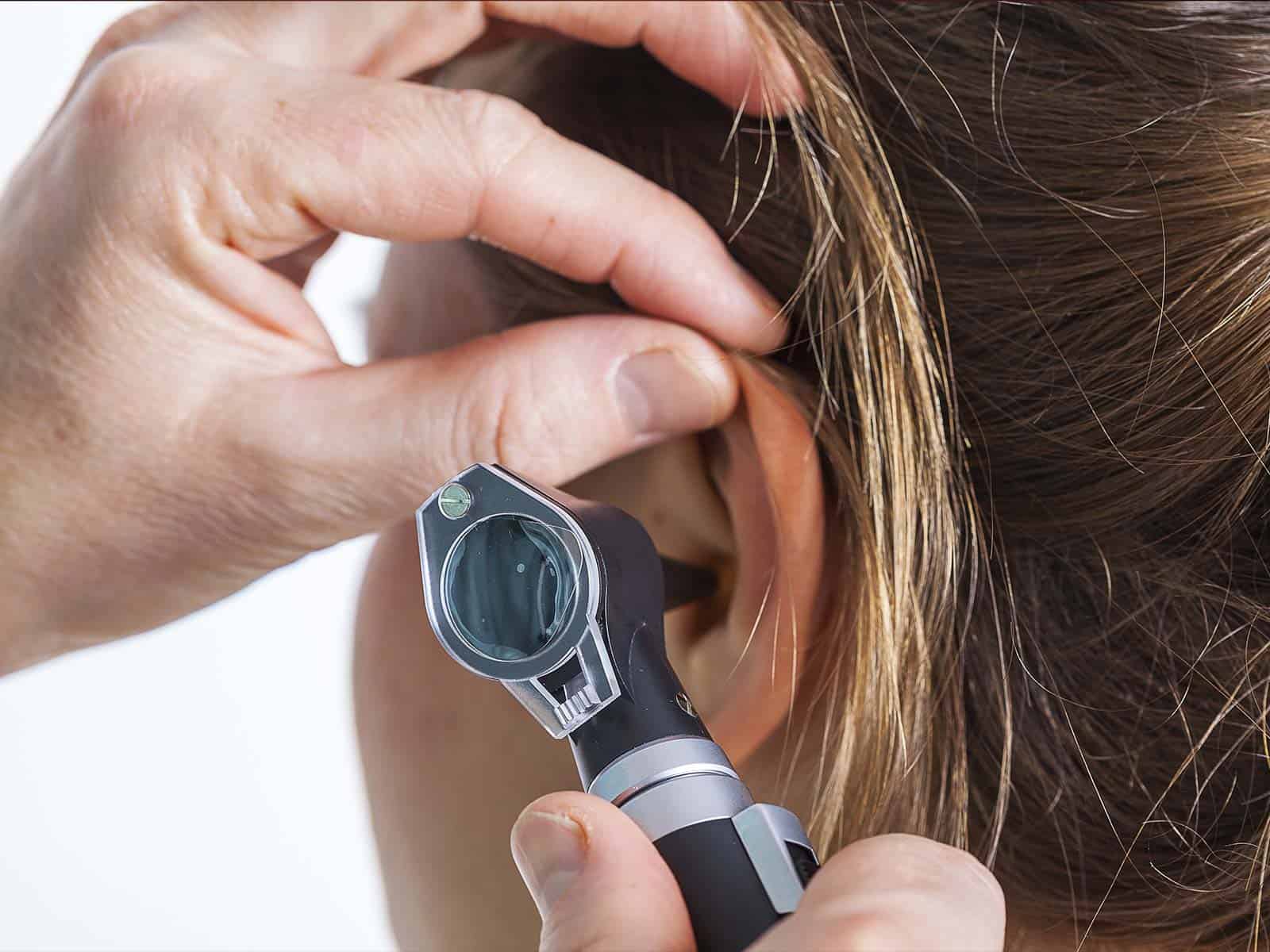Been reaching for the remote control a lot lately? This can be one of the early signs of hearing loss. Whaaaaaat?…..you ask. Uh oh. Unfortunately, asking people to repeat themselves more frequently is another of the early signs of hearing loss.
Unbelievably, it takes an average of seven years for someone with hearing difficulties and hearing loss symptoms to get help. Perhaps this needs a little more investigation!
Check the list
To start with, there are lots of different causes of hearing loss. It’s not just about us getting older. Hearing loss can be hereditary or it can be triggered by a loud blast of noise, infections, the effects of toxins or by injury. Here’s a list of the early signs of hearing loss. If you find yourself nodding in agreement as you read at least two of the points in the following list, you’re likely to be experiencing hearing loss:
- People often sound like they’re mumbling when they talk to you
- You often ask people to repeat themselves
- Following a conversation can be quite tiring
- Hearing one particular sound is harder when there’s background noise
- You can’t always pick where a sound is coming from
- It’s harder to hear children and females speaking
- Even if things are quiet, it’s hard to hear people at a distance
- You need to turn up the television frequently
- People sometimes tell you that you talk too loud
- You find yourself leaning closer to people when they’re talking to you
- There’s a history of hearing loss in your family
- You’ve been exposed to a lot of noise at work over the years
- You’re hearing ringing in your ears
- You’re taking medication that’s known to be ototoxic
Why am I experiencing signs of hearing loss?
We hear you on this one. It can be a surprise to realise that your ears are on the blink, even if you are getting ever closer to three digits in age! You might wonder what the cause of your hearing loss is. Well first you need to work out what type of hearing loss you’re experiencing.
Broadly speaking, there are three types of hearing loss, so it makes sense to see a hearing professional to work out what’s going on. It could be any one (or a mixture) of the following:
Conductive
Conductive hearing is caused by problems in the outer or middle ear. It could be earwax, an ear infection, a punctured eardrum, a build-up of fluid or abnormal bone growth.
Sensorineural
Sensorineural hearing loss occurs when the part of the ear that changes sound into electrical information (the cochlea) and the part of the ear that sends that electrical information to the brain (the auditory nerve) is damaged. This type of hearing loss is usually permanent. It can relate to genetic factors or be caused by ageing, diseases or exposure to noise and chemicals.
Retrocochlear
Retrocochlear hearing loss occurs when the auditory nerve is affected. Although sound is processed properly by the inner ear, the auditory nerve has difficulty transmitting it to the brain. People affected tend to have trouble listening in the presence of background noise.
What has triggered my hearing loss?
Even when you know what type of hearing loss you’re experiencing, you might want to figure out what’s caused it. The answer here isn’t always clear-cut. There can be a variety of reasons, and sometimes more than one applies. Generally speaking, the cause of hearing loss is one or more of the following:
- Ageing
- Exposure to loud noise
- Recessive genetic conditions or syndromes
- Some medications (they’re called ototoxic)
- Acoustic neuroma
- A buildup of ear wax (ewwwww)
- Some infections and illnesses
- A head trauma
- Listening to loud music
- Working in a loud environment
- Smoking, alcohol and being overweight
Signs of hearing loss: It’s not all bad news
The good news is that there are solutions to address most kinds of hearing loss, and there are ways to avoid it in the first place.
Below we’ve put together another list – this time of hearing hazards – and what you can do about them. These hazards fall into two groups – noise induced hearing loss (NIHL) and disease or injury-related hearing loss.
Noise induced hearing loss
Unfortunately, noise-induced hearing loss is cumulative, invisible, and most often permanent. The damage can start when we are young and get worse over time, and it can happen without us noticing, through exposure to seemingly innocuous things. It’s important to know that, unlike a broken limb that can heal with care and time, we can’t really heal our hearing. Noise induced hearing loss, especially when caused over a long period of time, can be forever.
People regularly exposed to noises 85 decibels (dB) or higher are at greater risk for cumulative NIHL. The decibel scale is logarithmic, so an iPod that’s played at max level (which can be 105 dB) is about 100 times stronger than 85 dB.
It doesn’t take long to cause injury at those levels. Noises at 100 dB can cause hearing damage after just 15 minutes of exposure (that’s around about Bohemian Rhapsody played twice, just in case you’re wondering). Regular exposure to sounds at 110 dB for more than a minute risks permanent hearing loss!

A noisy work environment
As mentioned above, you shouldn’t expose your ears to noise that’s louder than 85dB. You can download a decibel meter from your favourite app store if you suspect that you’re frequently experiencing noise that’s too loud. If the measurement is more than 85dB, see if you can reduce the noise in some way, or wear hearing protection such as earplugs or earmuffs. Even noise-reduction measures such as laying carpet or installing wall or ceiling insulation can reduce noise pollution indoors. Don’t be afraid to speak up about this. Your employer has an obligation to provide a safe work environment for you and your ears.
Pumping up the volume
Are you an audiophile? While music is food for the soul, it can be a little unkind to your ears. Try to keep the volume of your TV, radio, or stereo on the lower side. And if you wear headphones frequently, you need to be extra careful! Loud music through headphones is definitely ear abuse. The thumping sound system in your car is also a chief offender. We all have a tendency to turn it up because we use it to chill out, and to drown out the traffic, the sound of the motor, and that annoying squeak that the car’s been making lately. The same rule of 85dB applies.
Concerts and discos
In some places around the world, ear plugs are issued at concerts, nightclubs and live music venues because it’s legislated to do so. When you visit a venue like this, always make use of ear plugs supplied, or bring some other type of ear protection of your own. Try not to stay too long in very loud environments, and resist all temptation to blow your hair back in front of the loudspeakers. That ringing in your ears when you come out of a concert is called tinnitus, and hearing it means that the very fine hair cells that line your ear have been slightly damaged or flattened. Short exposures at this level should resolve themselves, but don’t test your luck – it will most certainly run out.
Restaurants, cafes and other public places
You would think that heading out to a cafe or restaurant would be more harmful to your waistline than your ears. Not so – particularly in the case of small children and babies, whose hearing is more sensitive that adults. The noise levels in restaurants and cafés can easily approach hazardous levels, particularly if they’re large venues with lots of people present. Because of their sensitive hearing, babies and children can be exposed to damaging noise without parents being aware. Avoid restaurants and cafés that are really noisy, and keep tabs on where loudspeakers are placed so that you’re able to keep a safe distance.
Loud tools and machinery
A harmless Sunday session of lawn mowing can also be a hearing hazard. In fact, picking up any power tool should also be accompanied by picking up a pair of earmuffs or ear plugs. If earmuffs or ear plugs are messing with your weekend vibe, consider investing in a pair of noise-cancelling headphones. These can protect your hearing at the same time as you listen to your favourite tunes or a podcast (at the appropriate volume, of course).
Disease and injury-related hearing loss
Disease and injury-related hearing loss is most often more obvious than NIHL and can often be reversed. Of course, you’re always going to be helped along by some smart prevention strategies.
Don’t stick stuff in your ears
If you’re a kid, the word ‘stuff’ includes peas, marbles, bobby pins and your pinky! As an adult, never use cotton buds – the damage they can cause outweighs any benefit. In fact, using cotton buds can push ear wax deep into the ear canal right in front of the ear drum. This increases the risk of an ear infection. Another side-effect of cotton buds can be increased production of ear wax. The same caution applies to handkerchiefs, corners of towels, fingers, pens and anything else you might be considering using to have a dig around. Just gently clean the part of your ear that sits outside of your noggin with plain warm water while you’re in the shower. Try not to get water inside your ears, and if you do, simply tilt your head to allow it to come out.
Do your best to avoid infection and disease
Ear infections are usually bacterial in origin, and occur mostly in children. They result from foreign objects, impure water or fingers being put in ears. If you suspect an ear infection, don’t delay with treatment. If there is any discharge from the ear at all, go to the doctor immediately. Not only can it cause hearing loss, it can cause extreme pain – especially for little ones. Doctors can drain ears painlessly and administer medication to stop the discharge from building up again. Some childhood illnesses such as measles, whooping cough and mumps can also cause deafness. Parents should get information on vaccinations well ahead of their due date, to be informed and prepared.
Will I have to wear a hearing aid?
“Gahhhhhhh” we hear you wail. But before you jump to conclusions, it’s important to realise that not all diagnoses of hearing loss result in someone wearing a hearing aid. Furthermore, wearing a hearing aid is not like it used to be. Gone are the battery-munching monstrosities that made people’s ears stick out like Neuman from the front cover of MAD magazine. Many hearing aids these days fit wholly within the ear and you don’t need to fiddle about with them like Aunty Beryl used to. It’s not all bad news.

What should you do next?
If reading this blog post has made you think twice about your ears, and you have experienced signs of hearing loss, don’t waste another moment. On Thursday 5 May, free hearing health checks are on offer as the Mid-North Coast is visited by a Hearing Australia bus. The bus will be at The Westport Club from 9am. And if you miss the bus, so to speak, don’t worry! There are lots of apps and websites available to test your hearing yourself.
Of course, if you uncover a hearing issue, trying to treat it yourself would be ill-advised. As with any health-related matters, making an appointment with your GP to start a thorough investigation and to explore your options is the best course of action.

